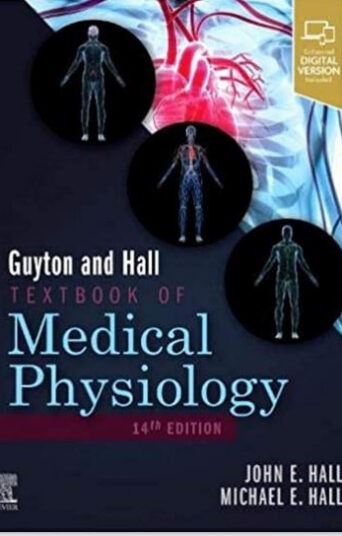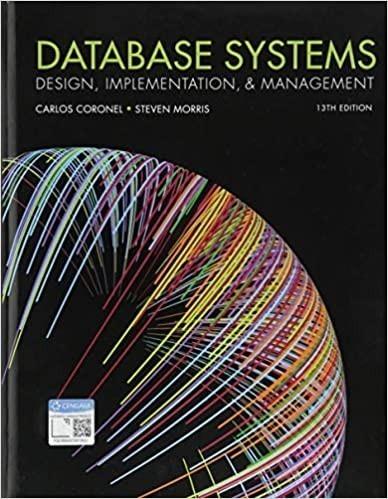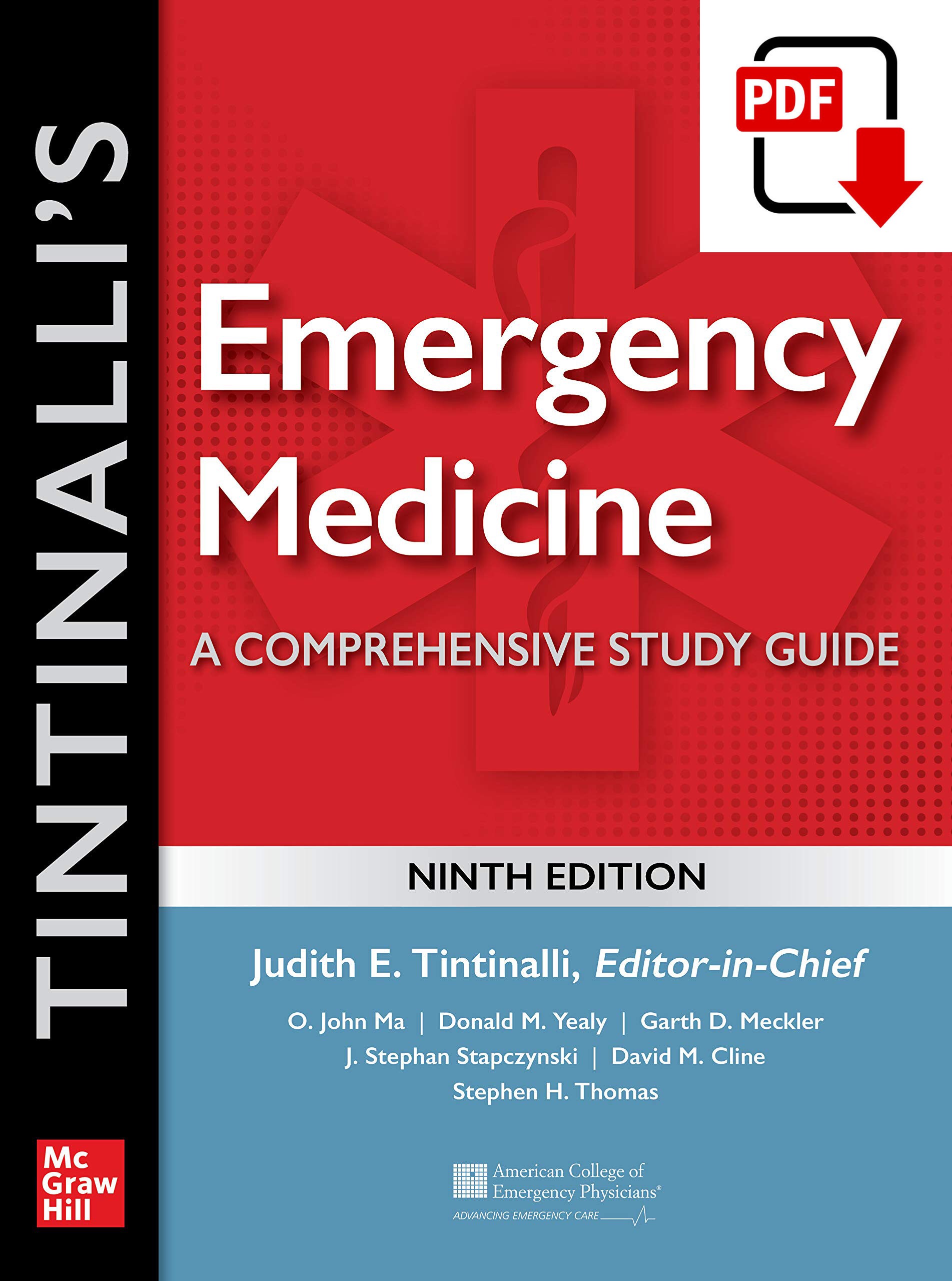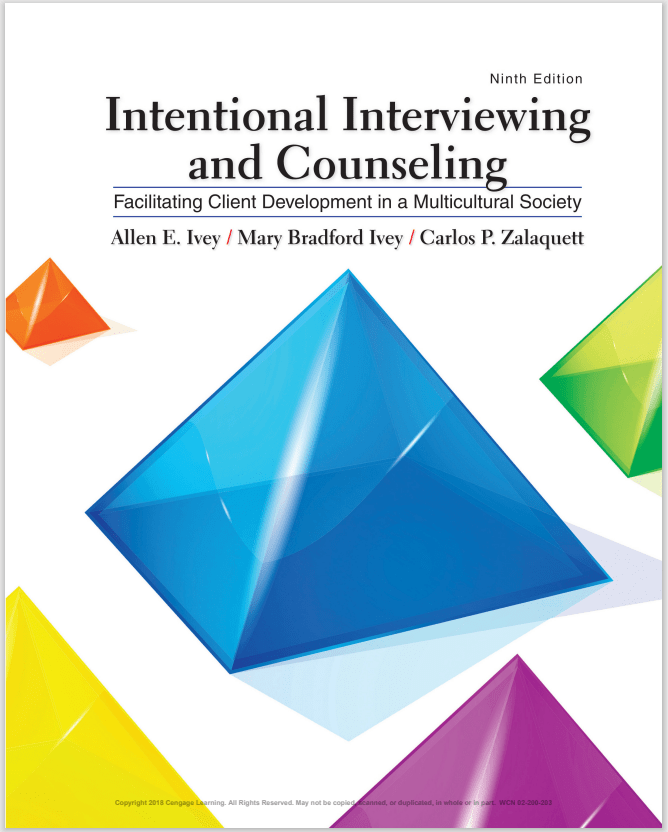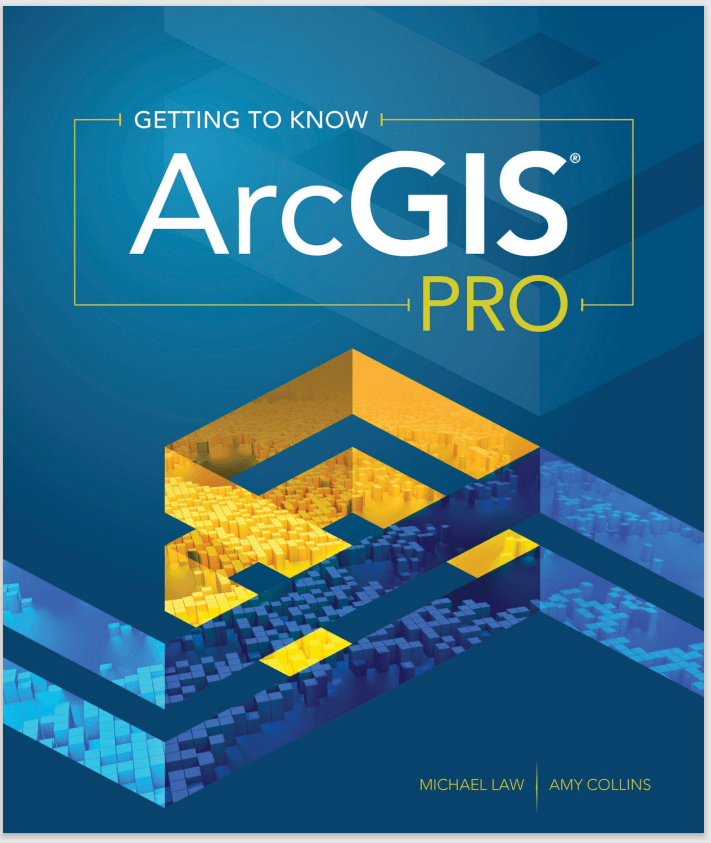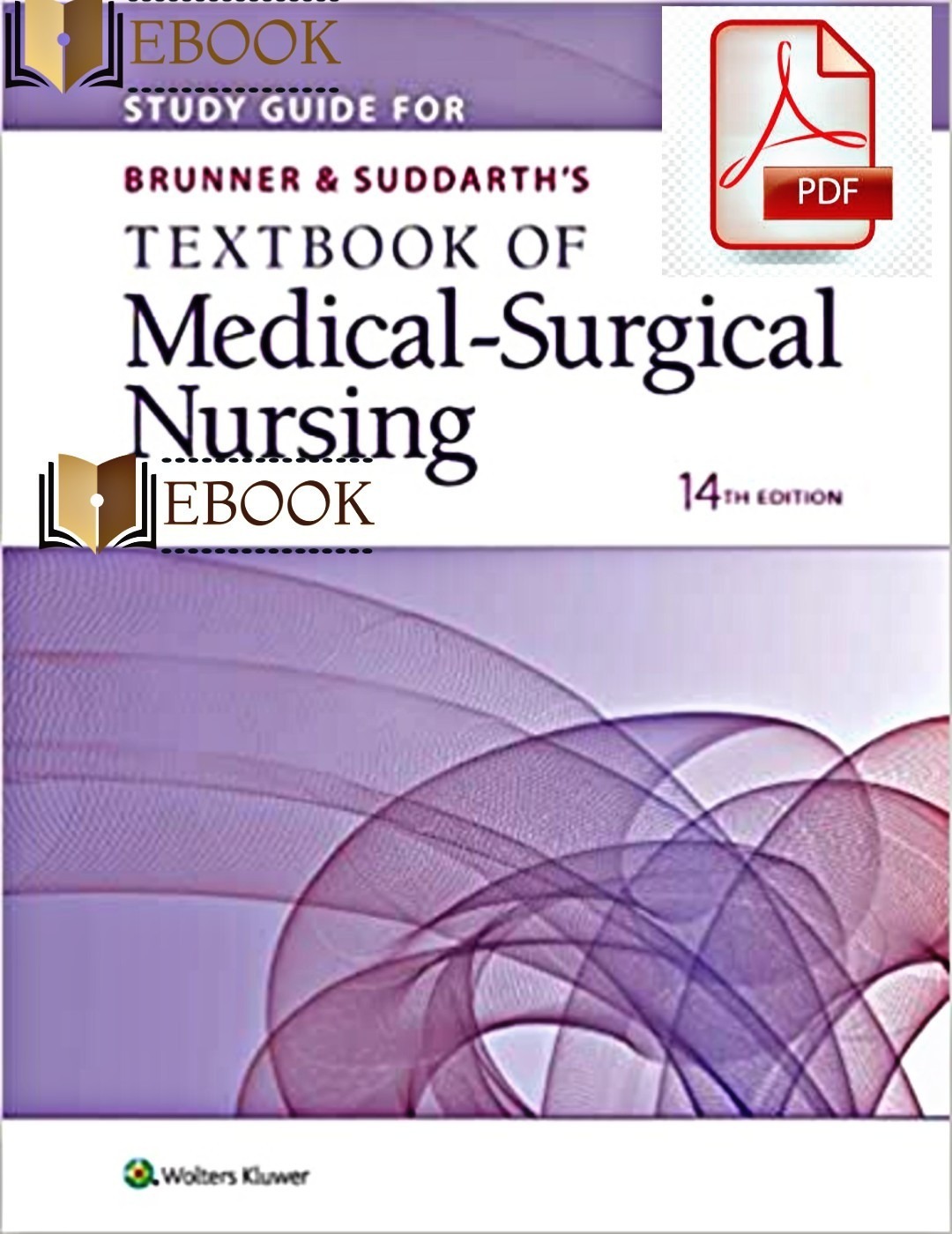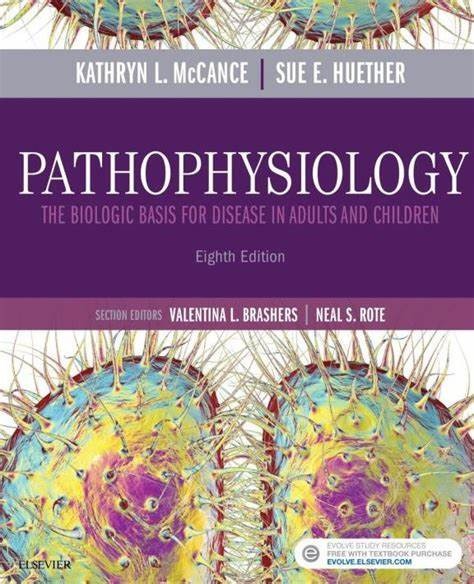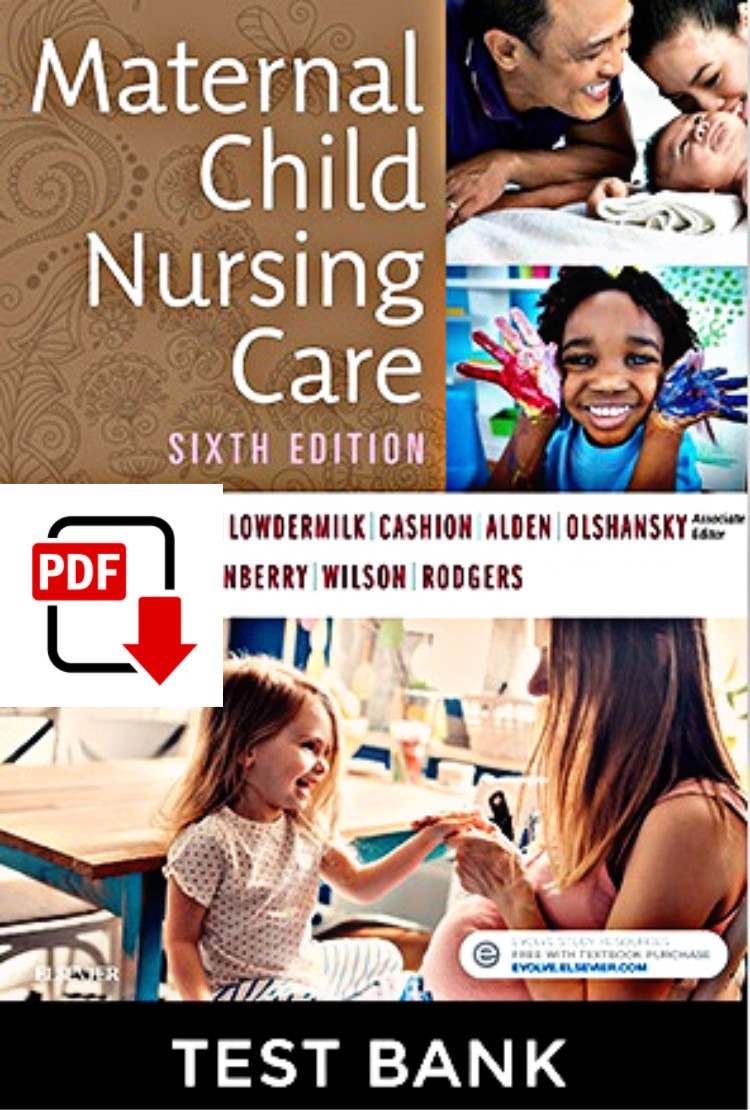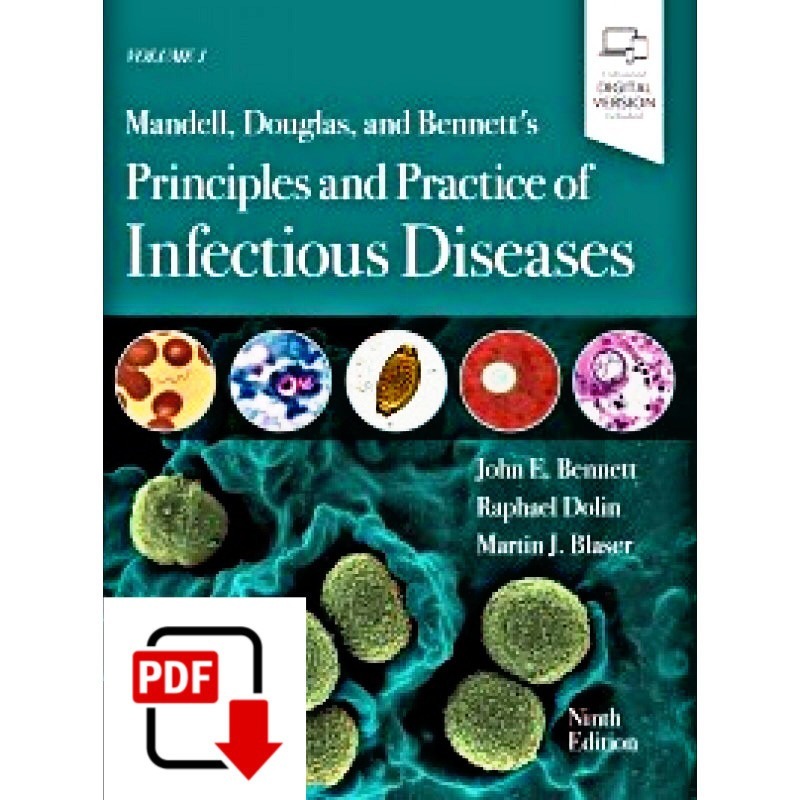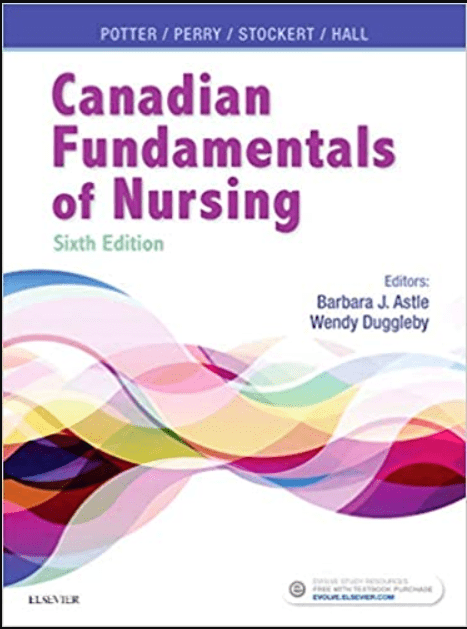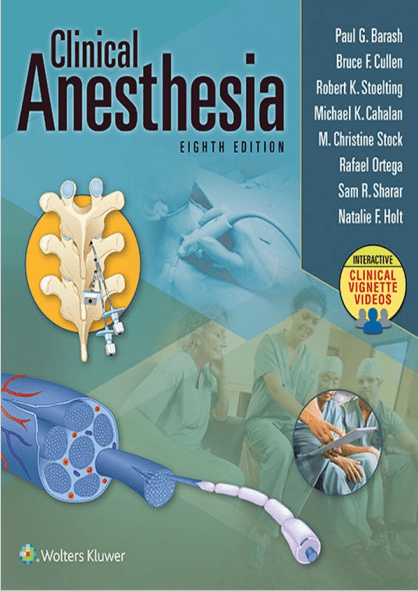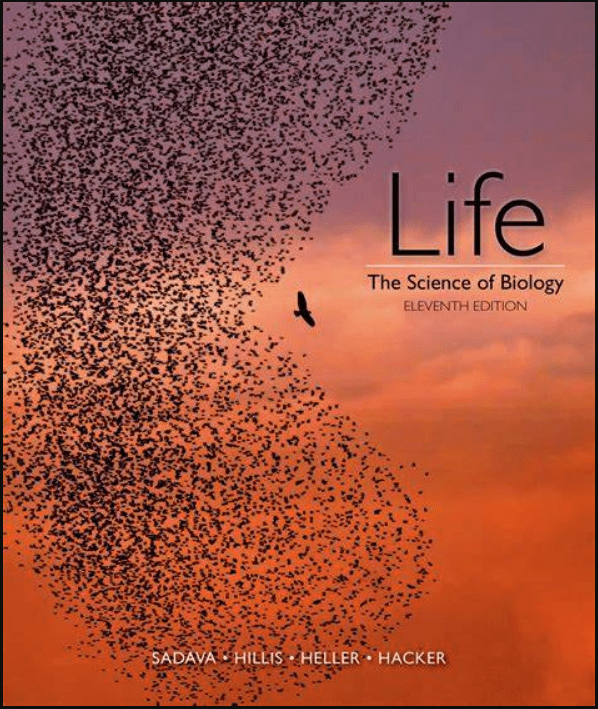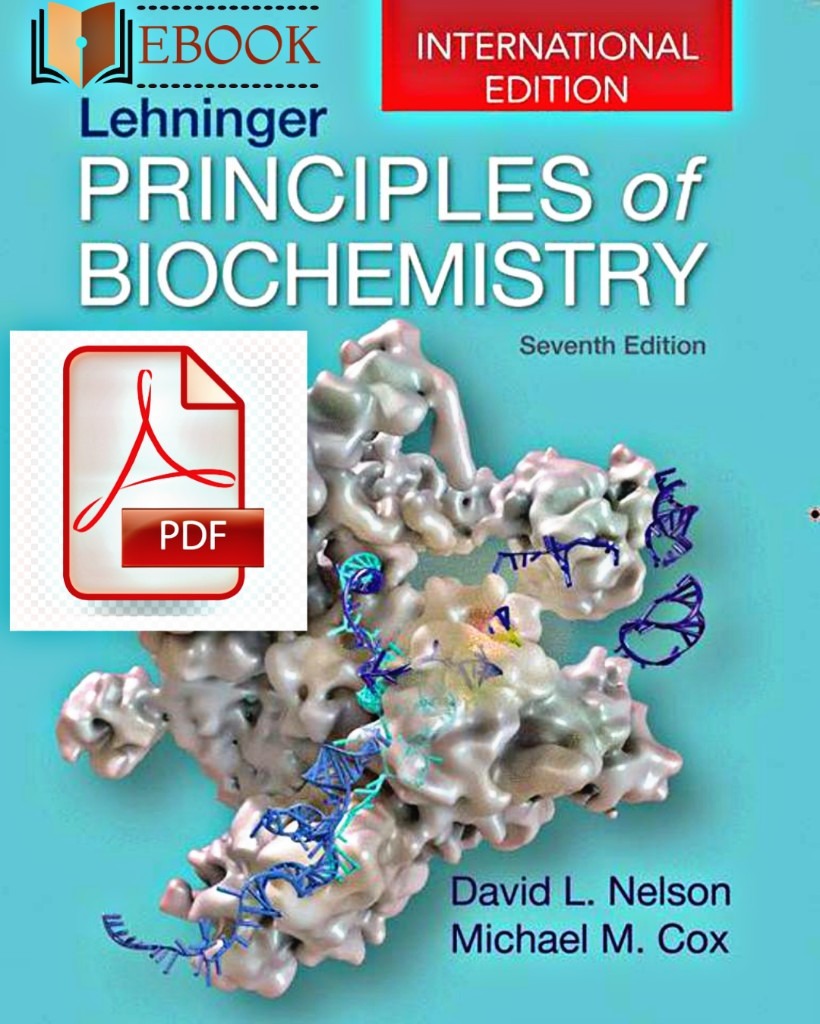Register
Description
Guyton and Hall Textbook of Medical Physiology (Guyton Physiology) 14th Edition | ISBN-13 978-0323597128
Guyton and Hall Textbook of Medical Physiology (Guyton Physiology) 14th Edition | ISBN-13 978-0323597128
Known for its clear presentation style, single-author voice, and focus on content most relevant to clinical and pre-clinical students, Guyton and Hall Textbook of Medical Physiology, 14th Edition, employs a distinctive format to ensure maximum learning and retention of complex concepts. A larger font size emphasizes core information, while supporting information, including clinical examples, are detailed in smaller font and highlighted in pale blue – making it easy to quickly skim the essential text or pursue more in-depth study. This two-tone approach, along with other outstanding features, makes this bestselling text a favorite of students worldwide.



